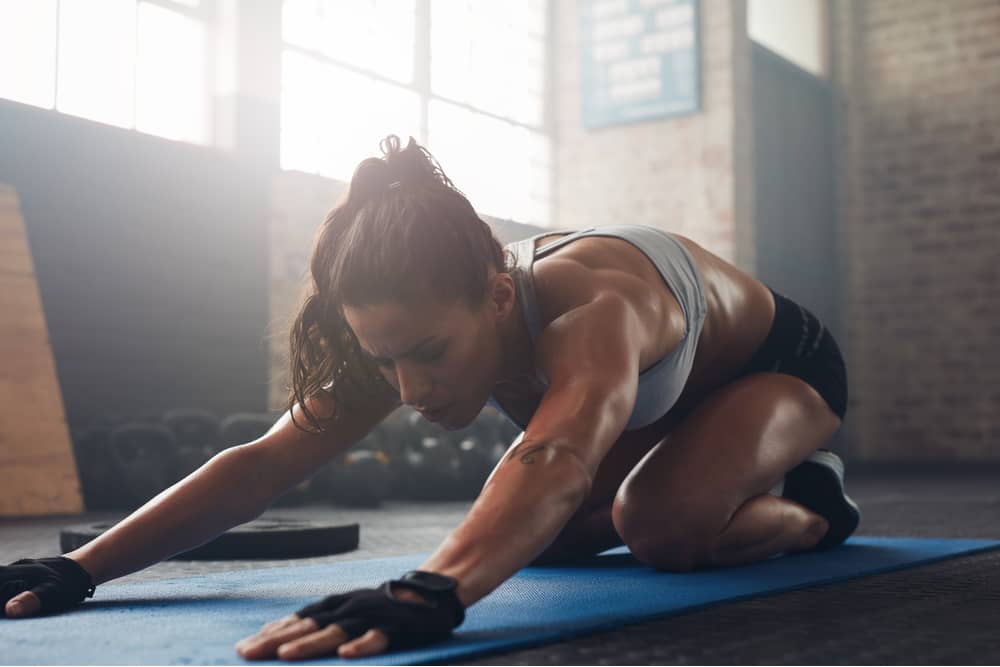Why Flexibility Matters
I hate stretching. Many people do. It hurts. It doesn’t seem to last. It delays getting to play. Yet flexibility is the key to a long and active athletic career. Here is why.

Flexibility means using the entire range of motion of a joint or the length of a muscle and tendon. Limited flexibility means that a smaller area of the joint surface is subject to the loads applied during walking and sports. Stiffness relates to multiple causes—but when muscles and tendons do not elongate fully, scar tissue forms, biochemical changes in the collagen and cells occur, and the process of aging is accentuated.
Limited loading area in the joints means that, instead of distributing the forces over the entire articular cartilage bearing surface, the forces are concentrated. When joints are completely healthy, this force overload leads to buildup of the underlying bone. This process is guided by Wolff’s law, developed by the German anatomist and surgeon Julius Wolff in the 19th century. It states that bone responds with bone strengthening when forces are applied. However, if there is an injury in the joint, arthritis, or loss of some of the soft tissue protective structures— such as the meniscus and ACL in the knee joint, or the labrum in the shoulder and the hip— the force concentration leads to cartilage breakdown. The bone underneath becomes harder and stiffer. Arthritis is accelerated.
Tight muscles and tendons are just one part of the stiffness many people feel. While it has many causal factors (such as decreased joint lubricants, changes in the biochemistry of the tissues from loss of chondroitin and glucosamine, or injuries with scar formation), simple disuse is the most correctable cause of stiffness. This is where stretching comes in.
Disuse often means that even though you have walked around, gotten in and out of chairs, and even played some sports or gone to the gym to lift weights, you never fully extended or flexed all of your joints. So over time, the muscles contract, the joint surfaces remodel, and the biochemistry of certain parts of your body reflect a human being far older than its parts. Stiffness begets more stiffness. As you age, you start to rue ignoring the advice you were given as a youth: to train to play, stretch to move, and squat fully to be able to sit properly.
The action steps are clear. If you are young or caring for young people, start a daily stretching and full flexibility regime. Just as you would not miss brushing your teeth for a day, mobilize all of your joints in a simple but thorough routine. If you are older, in body or in spirit, get a trainer who focuses your athletic regime on stretching and flexibility. Sign up for Yoga, Pilates, pool exercise classes, and other activities that use your entire body.
My patients most annoyed with their stiffness come from spin classes where they can barely stand up after getting off the bike, from gym workouts where power was emphasized over form, or from Pickleball contests where their hips and knees are being pushed past their limits without being prepared. Our golfers rarely warm up enough and find their backs don’t rotate adequately to generate the force needed to drive a golf ball far down the fairway. They spend more money on new clubs instead of on themselves.
The key to flexibility is starting early and not stopping. With children, we simply don’t emphasize enough that mobility means skill in every sport. Why? Because they already seem so flexible that it doesn’t seem to matter. It does.
